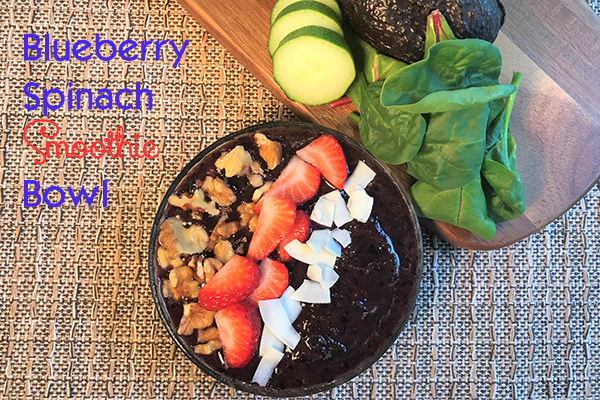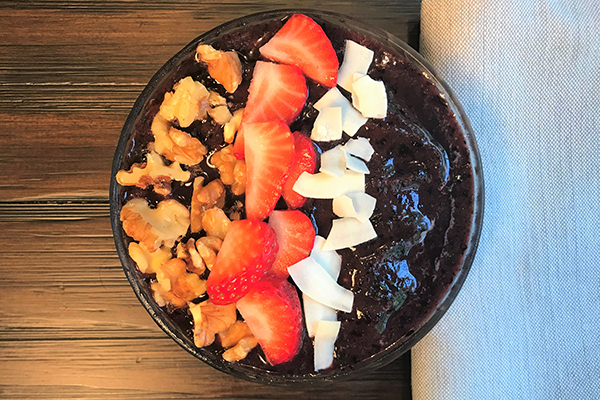
Whether you call it intermittent fasting, time-restricted eating, circadian-rhythm fasting or simply skipping breakfast, reducing the number of hours you eat in a day has been gaining in popularity over the past decade. It has been cited as a strategy to lose weight, control blood sugar, reduce the risk of cancer and heart disease, get better sleep and improve the gut microbiome. Does this type of fasting really work, and is it safe? Read on to find out the full scoop.
What is intermittent fasting?
Intermittent fasting refers to an eating pattern that cycles between periods of fasting and periods of eating. Types of intermittent fasting include:
- time-restricted eating which generally restricts the window of eating during the day to anywhere between 4 hours (e.g., eating between 1 pm and 5 pm) to 12 hours (e.g., eating between (7 am and 7 pm)
- the twice a week (5:2) method which drastically reduces the number of calories during 2 nonconsecutive days per week
- alternate day fasting which drastically restricts the number of calories consumed every 2nd day
- the 24-hour fast (or eat: stop: eat method) which involves fasting completely for a full 24 hours, often once or twice a week
In this blog, we’ll explore time-restricted eating, which tends to be the easiest, safest and most sustainable type of fasting. If you are interested in daily fasting for longer than 14 hours, it is a good idea to check in with a registered dietitian nutritionist or your health care provider before starting, even if you don’t have any underlying health conditions.
Is intermittent fasting all it’s cracked up to be? #saslife Click To Tweet
What does the science say?
To date, studies have shown that time-restrictive eating can lead to weight loss and can improve metabolic dysfunction in those who are overweight or obese. From improving blood sugar control in men with type 2 diabetes to improving insulin sensitivity, blood pressure, and oxidative stress in men with prediabetes to improving waist circumference, blood pressure, lipids and blood sugar markers for patients who were already taking a statin and/or blood pressure medication, the time-restrictive eating approach is certainly enticing. Another study found that longer nighttime fasts were associated with a decreased risk of breast cancer recurrence, in breast cancer survivors who fasted for 13 hours or more nightly. Preliminary research also suggests that time-restricted eating has the potential to improve the gut microbiome.
Time-restricted eating can be helpful in these groups because it can reduce overconsumption without calorie counting, it decreases appetite and it prevents insulin levels from staying elevated for long periods of time. Insulin levels signal the body to store fat. In a nutshell, the longer we go without food, the more chance we give ourselves to allow our fat to be used as fuel.
It’s important to keep in mind, however, that most human studies to date have followed their subjects only from 4 days to 4 months. There have been a range of eating windows that have been studied, from 10 hours to 4 hours, and results for studies focused on one sex or age group, may not translate to other groups. Although the studies do show legitimate improvement in some lab values and weight over the short term, they do not take into account 1) the likelihood that people will stay with this eating pattern long-term and 2) long-term results and potential complications for those who do stay on an eating pattern with a short daily eating window. Overall, the consensus is that time-restricted eating is a promising therapeutic strategy for controlling weight and improving metabolic health in those who are overweight or obese, but more large-scale clinical trials are needed to confirm preliminary findings and determine long-term usefulness.
Is it a good fit for me? Is it worth a try?
Time-restricted eating is generally safe for most people, especially if you start out at a longer eating window such as 12 hours. You should NOT restrict your eating window, however, if you:
- are underweight
- have or are at risk for an eating disorder
- are pregnant
- are breastfeeding
- are under 18
Medical supervision is recommended if you:
- have diabetes
- take prescription medication
- have gout or high uric acid
- have any serious medical conditions, such as liver, kidney, thyroid or heart disease
If you’ve gotten medical clearance and your goal is to lose weight, lower your average blood sugar levels or decrease your risk of cardiovascular disease and certain types of cancer, time-restricted eating may be worth a try for you.

How should I start?
If you are interested in trying time-restricted eating and you have tried (and stopped) several different types of diets or eating patterns in the past, easing yourself into a smaller daily window of eating may be the best way to set yourself up for long-term success. Work toward a 12 hour overnight fast (e.g., 7 pm to 7 am) and stop eating (and drinking anything with calories or sweet flavors) at least 2 hours before bedtime. Once this becomes easy, you might consider throwing in a couple days a week where you extend your fast by 2 hours (e.g., 6 pm to 8 am), and you can go from there. When you eat, make your meals full and balanced meals, and avoid overly restricting portion sizes which will slow your metabolism.
Most importantly, if you find yourself eating less due to fasting, make sure you choose quality foods that fuel and repair your cells when you do eat. That means plenty of vegetables, quality proteins and healthy fats. Though some “experts” are proponents of time-restricted eating because it promotes weight loss even if you eat highly-processed, nutrient-poor foods, your body needs the protein, healthy fat, vitamins, minerals and other phytonutrients that are lacking in most processed foods. Without fueling your body properly, you’re putting yourself at risk for a weakened immune system, muscle loss and chronic disease down the line.
When it’s time to break your fast, choose a nutrient-dense, balanced option. This smoothie bowl fits the bill.
Blueberry Spinach Smoothie Bowl
Servings: 1

Ingredients
1 cup spinach, packed
¾ cup blueberries
1 Tbsp ground flax seed
1 Tbsp almond butter
½ cup cucumber
½ small avocado
1 scoop clean protein powder or collagen peptides (such whey protein isolate, 100% pea protein powder, Garden of Life Sport Organic Plant Protein Vanilla, Vital Proteins Collagen Peptides )
1 pitted date (optional if you want to add some extra sweetness)
Up to ¼ cup water or milk of choice
Toppings (optional): unsweetened coconut flakes, chopped walnuts, strawberries
Directions
Place all ingredients except liquid and toppings in a blender or food processor.
Add water or milk of choice slowly until desired consistency is reached.
Add desired toppings and enjoy!
Note: This smoothie bowl is best enjoyed fresh. Leftovers can be frozen to preserve color and nutrients. When ready to use leftovers, add them to blender with water or milk, blend and enjoy.

